Welcome, welcome, welcome! We are pretty excited this fine Friday. Not only are we excited that it's the end of the week, but also we have a pretty large week for new products! So what exactly are we bringing you? Well, if you couldn't tell by the title, the byline or the special hint last week, we'll show you now. Take it away, Nick!
Those are some fine-looking products!
This is the SparkFun RFM69 Breakout, a small piece of tech that breaks out all the pins available on the RFM69HCW module and makes the transceiver easy to use. The RFM69HCW is an inexpensive and versatile radio module that operates in the unlicensed ISM (Industry, Science and Medicine) radio band. It's perfect for building inexpensive short-range wireless networks of sensors and actuators for home automation, citizen science and more. The on-board RFM69HCW operates on the 915MHz frequency, and is capable of transmitting at up to 100mW and up to 300kbps, but you can change both of those values to fit your application.
What, another? Yes, this is an almost exact double to the product you just saw. The difference between this SparkFun RFM69 Breakout and the one you saw above is that this little board operates on the 434MHz frequency instead of 915MHz.
Although the ISM band is license-free, the band itself is different in different areas. Very roughly, 915MHz is for use in the Americas, and the 434MHz version is for use in Europe, Asia and Africa. Check your local regulations for other areas.
Every time we release a new breakout board people always ask us to sell the equipped module separately. So before you ask, we bring you the RFM69HCW Wireless Transceiver! This transceiver is exactly what you get on the breakout boards above, just without the spiffy red board underneath.
Do you need 434MHz frequency version instead? Never fear, we have that version available as well!
Today we also have two new resistor packs: a 20-pack rated for 1K Ohm and a 20-pack rated for 100 Ohm. They're resistors; you need them; we have them. What more can we say?
Last up, we are please to announce that the SparkFun Inventor's Kit for Arduino 101, the SparkFun Inventor's Kit for Genuino 101, and the Arduino 101 Lab Pack are all officially released and shipping. Pre-orders are over my friends – enjoy your new SIKs!
Well folks, that brings us to the end of the post. Hopefully you can find something in all of these new products that you like! We'll catch you back here next Friday with even more sensational new products. See you then!
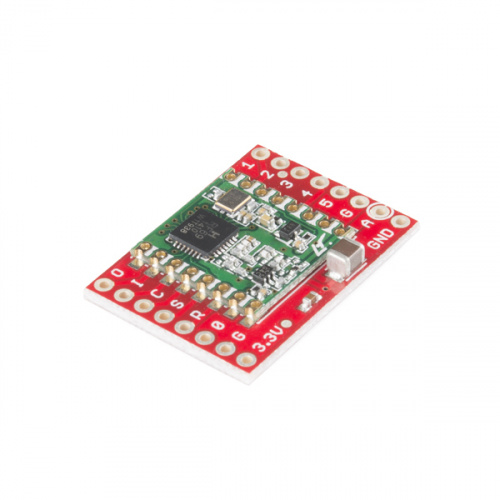
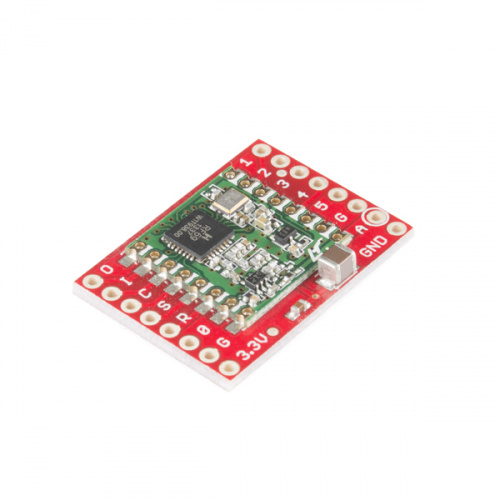
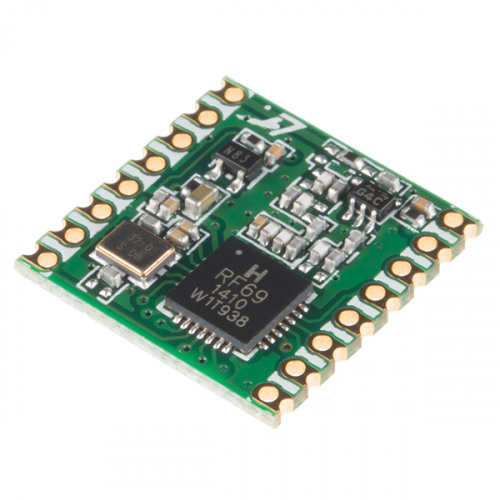
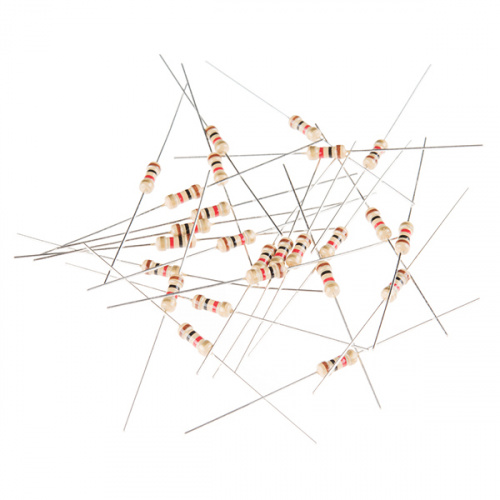
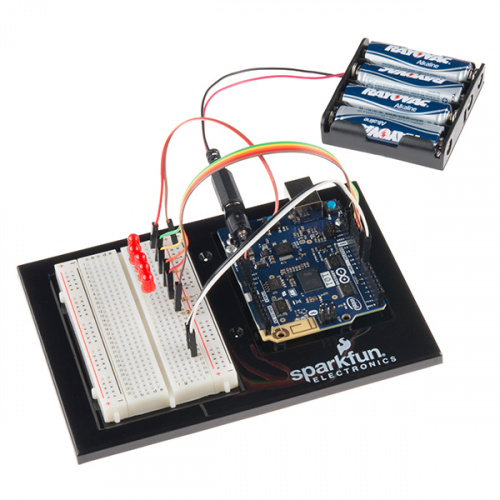

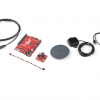






Since the frequency that these radio modules use is also inside of the Amateur "900mhz" and "440mhz" bands, they can be used by anyone in the US with an Amateur Technician or higher class license on any of the modes allowed by their license. Adding an external power amplifier to increase the range (Mini Circuit Labs sells some modules that would work) would also be legal for hams.
Are the radio modules FCC tested, or are they just another 'hobbyist ony' type product?
Page 8 of the datasheet says, "The RFM69HCW complies with both ETSI and FCC regulatory requirements and is available" which makes me think it is not certified but should pass certification. Also antennas play a role in FCC certification meaning they could certify it with a certain antenna but if you used a different one it would not be certified. With something like this that you have to add your own antenna which will likely have a slightly different length since you are cutting it by hand they probably just decided against it.
That is what I was thinking would be the case, but I had to ask. I wonder if anyone from SparkFun would be willing to stick the modules to a breadboard and use both a rubber duck antenna and a whip antenna and post a video talking about what the respective outputs look like on a spectrum analyzer compared to a module without an antenna. Granted, it would be tons better if the product were on it's own pcb instead of a breadboard, but that isn't going to happen.